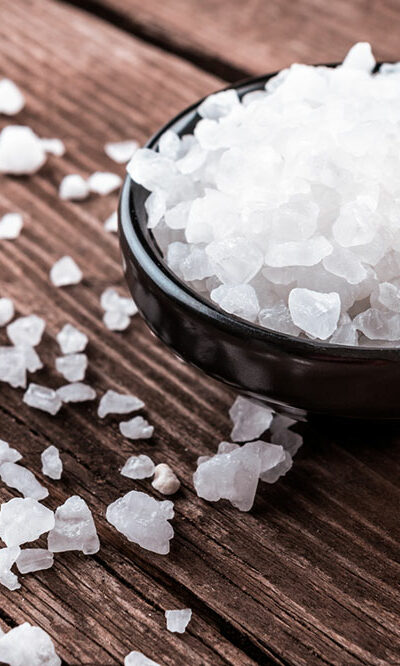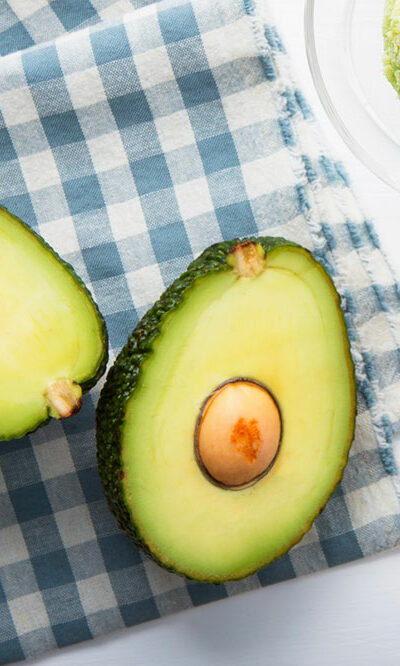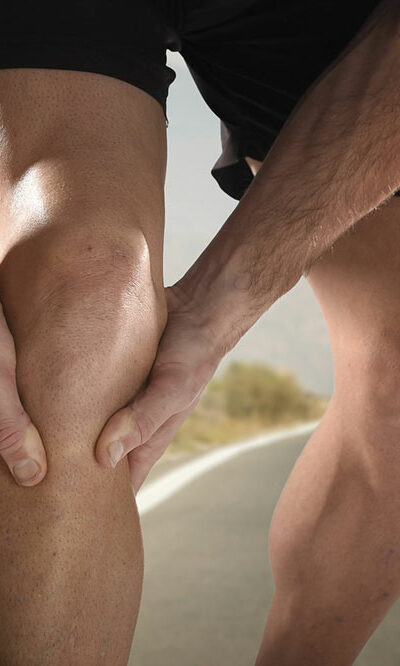12 common signs and symptoms of pneumonia

Pneumonia is a severe respiratory infection with a wide range of symptoms, some of which can be quite subtle, particularly in the early stages. Most commonly caused by infection from pathogens like bacteria, viruses, fungi, or parasites, pneumonia can also be caused by chemical irritants, autoimmune disease, and environmental factors. Here are 12 of the most common signs and symptoms of pneumonia. However, these subtle signs can vary from person to person.
Mild fever
A low-grade fever, typically below 100.4°F, may be one of the first signs of pneumonia. It can be easy to dismiss as a minor illness.
Fatigue
Feeling unusually tired or run down, even with sufficient rest, may be an early sign of pneumonia.
Dry cough
A persistent, dry cough that doesn’t produce mucus initially is a common symptom of pneumonia.
Shortness of breath
Some patients may experience mild breathlessness or difficulty catching the breath, especially during physical activities.
Chest discomfort
Some individuals may experience mild chest discomfort or a vague feeling of tightness or pressure in the chest, which can be confused with other issues like muscle strain.
Loss of appetite
A decreased desire to eat or a sudden loss of appetite may indicate pneumonia.
Slight chills
Experiencing occasional mild chills or shivering, especially if it accompanies a low-grade fever, can be an early symptom of pneumonia.
Weakness
Feeling weak or experiencing muscle aches and pains that can’t be attributed to a specific cause might be a subtle sign of an underlying infection.
Difficulty sleeping
Pneumonia can disrupt one’s sleep patterns, leading to insomnia or difficulty falling asleep.
Confusion (in older adults)
In older adults, confusion or changes in mental alertness can sometimes be a subtle sign of pneumonia. This is often referred to as “delirium.”
Rapid breathing
When the air sacs in the lungs (alveoli) become inflamed and filled with fluid, it impairs the normal exchange of oxygen and carbon dioxide. This reduced lung function can lead to a decreased oxygen supply to the bloodstream, causing rapid breathing to compensate for the lower oxygen levels.
Blueish or cyanotic skin
When the oxygen saturation in the blood decreases significantly, the skin and mucous membranes can take on a bluish or cyanotic appearance, causing a condition called cyanosis. This could indicate pneumonia.
Pneumonia can progress rapidly, and some individuals may experience more severe symptoms. So, early diagnosis and treatment are essential.







